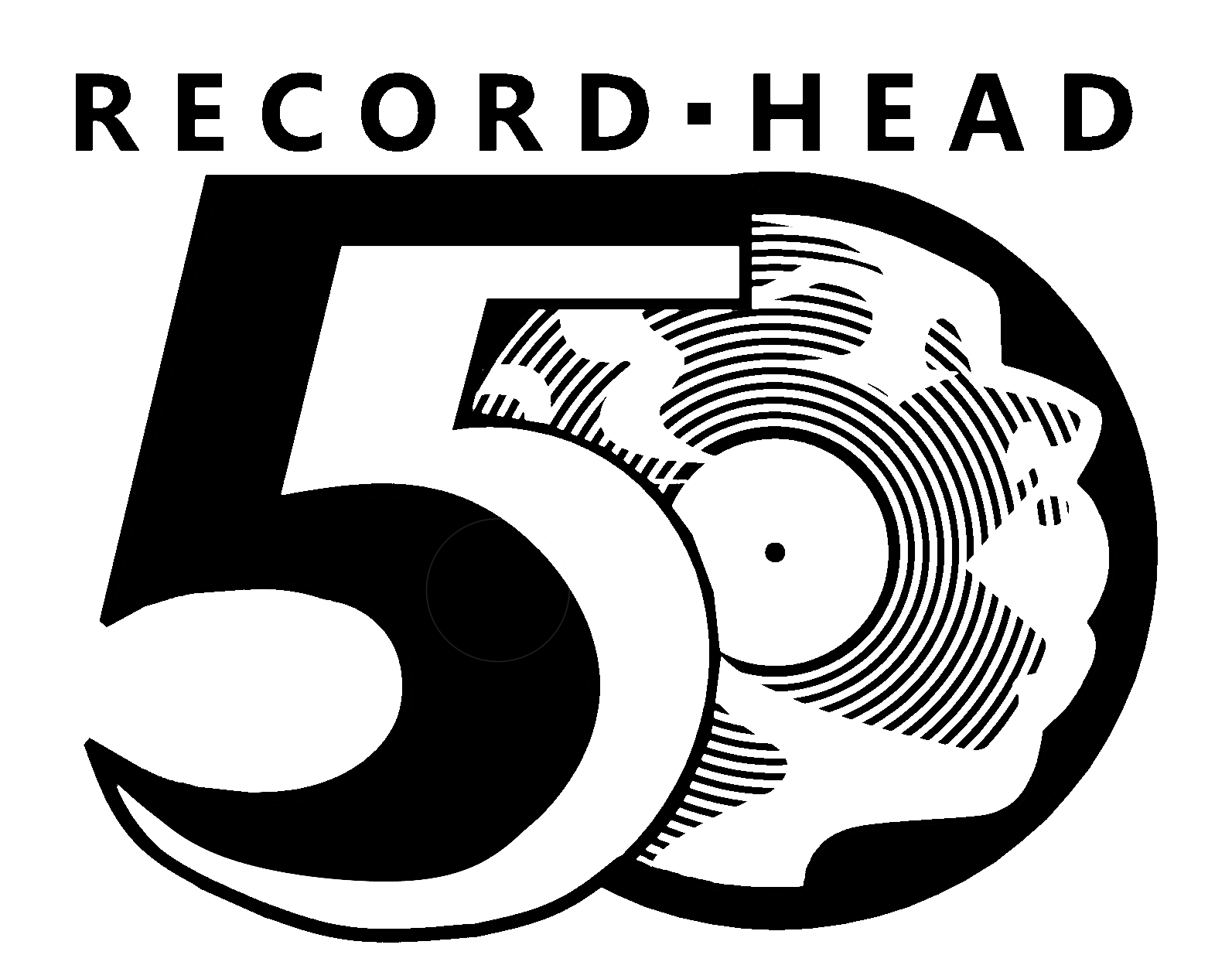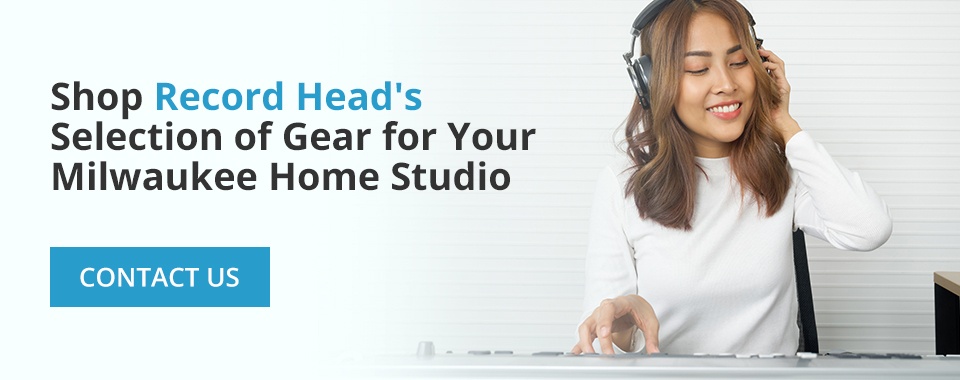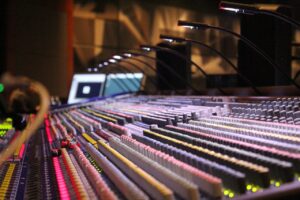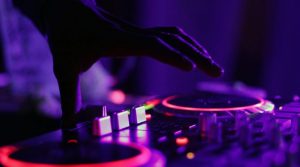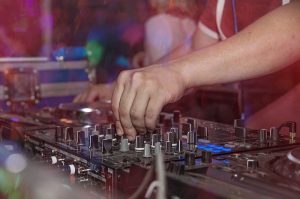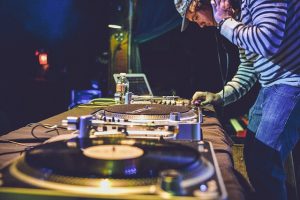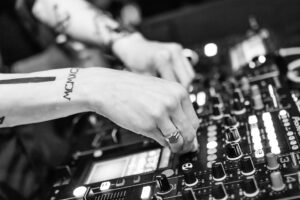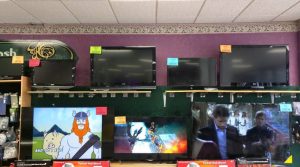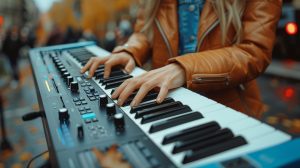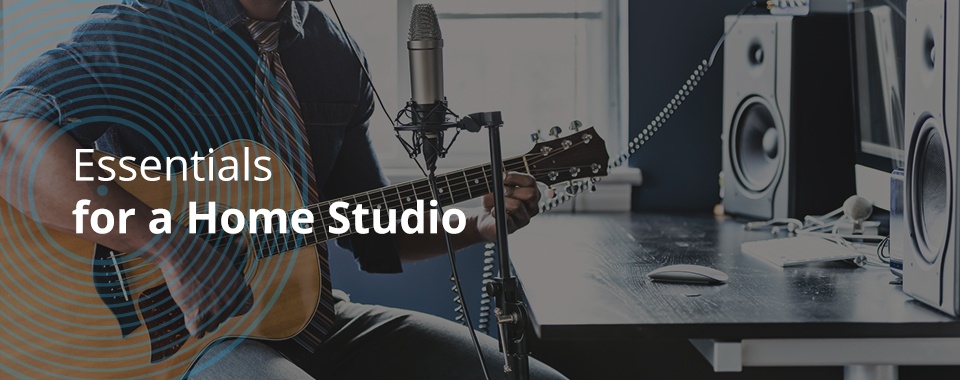
If you’re a musician, you know sometimes a DIY mentality is best. You can skip spending your hard-earned money on professional studio time, and you’ll always be ready to record the moment inspiration hits you. But if you want to experience the joys of DIY music recording, you’re going to need the right gear.
What do you need for a home recording studio, anyway? At Record Head, we’re passionate about music and recording. We have the home music studio equipment you need at a price you can afford. We also have the knowledge and experience to help you every step of the way, so you can feel confident starting your new recording hobby with us.
What Do I Need for a Home Recording Studio?
When selecting equipment for a home recording studio, our best advice is to start simple. You’ll soon learn the costs of investing in music gear can add up quickly. Our guide will help you get started without breaking the bank. Keep it simple, and be patient. And remember, making music is all about the joy of it. So let loose, experiment and have fun!
Here’s a list of the five home recording studio essentials you’ll need to begin your DIY music recording journey.
1. A Place to Record and Mix
The first thing you’ll need is a place to do your recording and mixing. While this isn’t something you can buy from the store, you should be able to make do with the space you have. If this is your first time making music at home, two types of spaces could work for your needs.
- A bedroom studio: Do you have enough space in your bedroom to store and use your studio essentials without feeling crowded? A bedroom studio might work for your needs, and you can still get great results as a beginner.
- A dedicated home studio: If you have a more spacious house or apartment, you might have the luxury of setting aside a room for the sole purpose of recording music. A dedicated room gives you more space to record and set up your equipment.
Once you determine where you’ll record your music, you’re ready to start assembling the equipment needed for a home recording studio.
2. A Computer With a Digital Audio Workstation
With today’s technology, you don’t need bulky tape machines, reel-to-reels or large mixing boards to make songs. All you need is a decent computer and a digital audio workstation, or DAW. You may already have a home computer for daily use, but if you can afford it, invest in a laptop with a powerful processor and plenty of RAM. That will ensure a better experience when operating your DAW.
As the centerpiece of the home recording experience, a DAW is an intuitive software program that lets you record, edit, mix and master. It digitizes the physical recording gear of years past, letting you add all sorts of creative effects to your recordings without taking up extra space.
Some popular DAWs include the following:
- Image Line FL Studio
- Avid Pro Tools
- Steinberg Cubase
- REAPER
- Ableton Live
Each DAW differs in price and functionality. Do your research before buying to pick the best one for your needs.
3. An Audio Interface
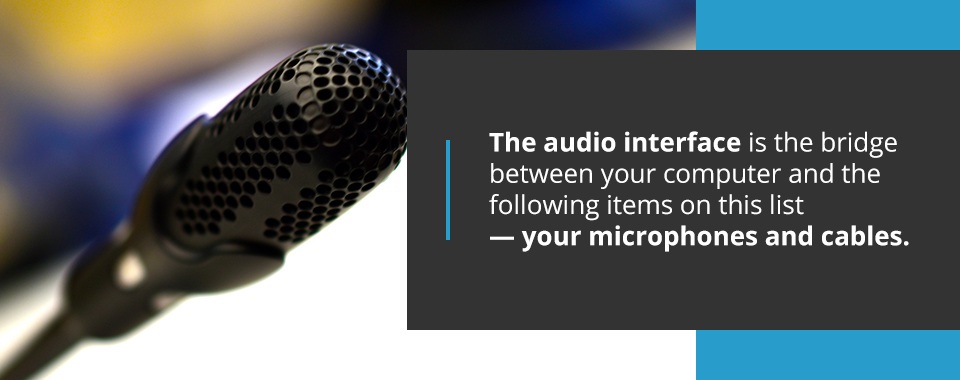
The audio interface is the bridge between your computer and the following items on this list — your microphones and cables. The first step is to connect your audio interface to your computer so your DAW can recognize it. After plugging one end of a mic cable into your microphone and the other end into your audio interface’s input, you’re ready to start recording.
When you sing or play an instrument into a microphone, the microphone creates a tiny electrical signal. This signal travels down your mic cables and into the audio interface. The audio interface will boost your recorded signal to “line level,” which is the correct input volume for music recording and listening. The interface then translates the recorded signal into a digital format that your DAW can process. Then, you can get to work editing and mixing your sounds in your DAW.
4. Two Microphones, Cables and a Mic Stand
The world of microphones is vast, and home studio enthusiasts will have strong opinions about each one. They can cost anywhere from less than a hundred to several thousand dollars, but if you’re new to the world of DIY home recording, aim for something in the $100 to $200 range. To start, you should have at least two microphones — one condenser and one dynamic. Here’s the difference between the two.
- Condenser microphones: These microphones are best for recording higher, nuanced tracks like vocals, guitar and piano. They’re essential for recording detailed, quieter sounds or sounds with regular volume changes in a broader area.
- Dynamic microphones: Dynamic microphones are better for recording isolated, loud noises like electric guitar amps, bass amps and drums. They capture a lot of the low/low-mid frequencies and focus on the sound you’re recording instead of a wider area.
Make sure to buy external line return cables to connect your microphones to your audio interface. Determine the length you’ll need to give you the most recording freedom in your space. And remember to buy a mic stand to keep your microphone steady and safe when you’re laying down tracks.
5. A Pair of Headphones or Studio Monitors
A pair of headphones or studio monitors is crucial for recording music at home. Either option is enough to get you started, but you can enhance your experience by investing in both playback sources. You can buy two types of headphones.
- Closed-back: These headphones keep sound from escaping into the room. They’re perfect for tracking when you want to keep noises in your headphones out of your microphones as you record.
- Open-back: These headphones allow some sound to escape, but they offer better sound quality than closed-back headphones, making them the best choice for mixing and mastering your songs.
When shopping for studio monitors, remember they are different than standard home music speakers. Studio monitors provide a flat sound, which means the audio remains unchanged from the source to your ears. Traditional home speakers enhance specific aspects of music, such as the bass, to provide a more pleasurable experience. When mixing your music, you want studio monitors’ flat sound to ensure your songs sound great in any speakers you play them on.
Shop Record Head’s Selection of Gear for Your Milwaukee Home Studio
If you’re looking for equipment to make music at home, Record Head is your go-to destination. We have the knowledge and experience to help you find home studio gear at a better price than the big-box stores. Buying the things you need for a home recording studio can be expensive. Let us at Record Head make the process more affordable and helpful for you.
We’ve been serving music enthusiasts in Milwaukee for almost 50 years, and we have a passion for the community we call home. Contact us today for more information, and check out our online store to see what home studio essentials we have in stock. We look forward to helping you jump-start your music-making hobby!
